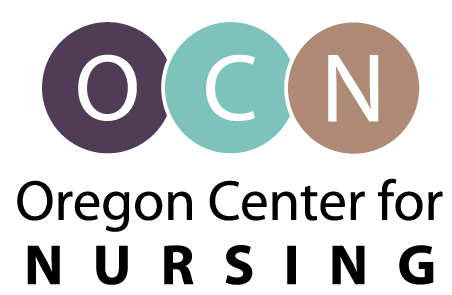Nurses have experienced significant trauma since early 2020. Those working in emergency departments, critical care, medical-surgical, psychiatric, and mental health report higher stigma associated with seeking help. Studies indicate that nurses who may have a higher need for services, like other high-stress occupations, may be less likely to seek help. Organizations can take steps to normalize help-seeking behaviors through the following actions (1):
- Educate nurses about the signs and symptoms to get help (2)
- Make health resources easy to access (3).
- Do not ask nurses about a past or present history of mental health conditions or treatment (4).
- Limit common concerns to mental health and substance abuse help, such as confidentiality concerns, potential loss of license, or embarrassment over admitting a problem (5).
- Do not penalize nurses for taking sick time for mental health reasons (4).
- Remind teams that they are not alone (6).
- Consider an opt-out method rather than opt-in for mental health services in high-risk areas (7).
- Provide free access to mental health resources, particularly during the workday (7, 8).
- Model behaviors that promote self-monitoring (4).
References:
- American Nurses Foundation (2021). American Nurses Foundation. (2021). Pulse of the nation’s nurses survey series: mental health and wellness taking the pulse on emotional health, post-traumatic stress, resiliency, and activities for strengthening wellbeing. https://www. nursingworld.org/~4aa484/globalassets/docs/ancc/magnet/ mh3-written-report-final.pdf
- American Psychiatric Nurses Association (APNA). (2020). American Psychiatric Nurses Association (APNA). (2020). Nurses Guide to Seeking Mental Health Services . Retrieved from APNA.org: https://www.apna.org/files/public/NursesGuidetoSeekingMentalHealthServices_Final.pdf
- Shapiro, D. E., Duquette, C., Abbott, L. M., Babineau, T., Pearl, A., & Haidet, P. (2018). Beyond Burnout: A Physician Wellness Hierarchy Designed to Prioritize Interventions at the Systems Level. The American Journal of Medicine, 132(5), 556–563. https://doi.org/10.1016/j.amjmed.2018.11.028
- Quick Safety Issue 54. (2020). Retrieved June 27, 2022, from https://www.jointcommission.org/resources/news-and-multimedia/newsletters/newsletters/quick-safety/quick-safety-issue-54/
- Cares, A., Pace, E., Denious, J., & Crane, L. A. (2014). Substance Use and Mental Illness Among Nurses: Workplace Warning Signs and Barriers to Seeking Assistance. Substance Abuse, 36(1), 59–66. https://doi.org/10.1080/08897077.2014.933725
- Raza, B., St-Onge, S., & Ahmed, A. (2022). How help-seeking behaviors help reduce emergency nurses’ stress? International Emergency Nursing, 63, 101177. https://doi.org/10.1016/j.ienj.2022.101177
- Shapiro, D.E., & Zangerle, C. (2022, April 11-14) Inspiring Leaders: 12 Recommendations from Studying Burnout, Violence, and Turnover . AONL 2022 Annual Conference, San Antonio, TX, United States
- Schlak, A. E., Rosa, W. E., Rushton, C. H., Poghosyan, L., Root, M. C., & McHugh, M. D. (2022c). An expanded institutional- and national-level blueprint to address nurse burnout and moral suffering amid the evolving pandemic. Nursing Management, 53(1), 16–27. https://doi.org/10.1097/01.numa.0000805032.15402.b3
